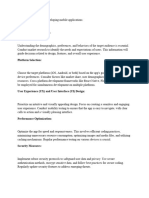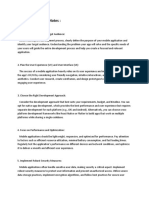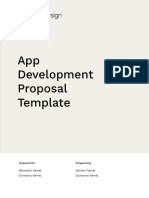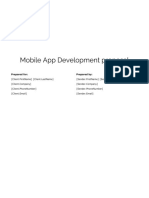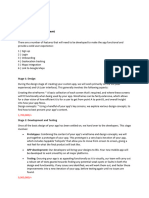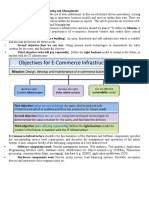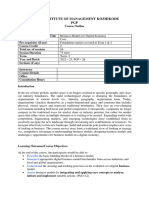Developing a mobile app involves several key steps, from conceptualization and design to
development, testing, and deployment. Here's an overview of the app development process:
Idea and Conceptualization:
Start by brainstorming and refining your app idea. Consider the problem your app will solve, its
target audience, and unique features that will make it stand out.
Conduct market research to validate your idea and identify potential competitors. Analyze user
needs, preferences, and pain points to ensure your app addresses a real demand.
Planning and Design:
Create a detailed plan outlining the app's features, functionality, and user experience. Define user
flows, wireframes, and mockups to visualize the app's structure and design.
Pay attention to the user interface (UI) and user experience (UX) design, ensuring the app is intuitive,
visually appealing, and easy to navigate.
Consider platform-specific design guidelines (e.g., Material Design for Android, Human Interface
Guidelines for iOS) to ensure consistency and compatibility across devices.
Development:
Choose the appropriate technology stack based on your app's requirements, target platforms, and
your team's expertise. For example, consider using native development (Swift or Objective-C for iOS,
Java or Kotlin for Android) or cross-platform frameworks (e.g., React Native, Flutter).
Break down the development process into smaller tasks and implement features iteratively. Follow
best practices for coding, such as modularization, clean code principles, and version control using
tools like Git.
Integrate backend services, APIs, databases, and third-party libraries as needed to support your app's
functionality.
Testing:
Conduct thorough testing to identify and fix bugs, ensure functionality, and validate the app's
performance on various devices and operating systems.
Perform unit testing, integration testing, and user acceptance testing to ensure the app meets quality
standards and user expectations.
Consider beta testing or releasing a minimum viable product (MVP) to gather feedback from early
users and iterate on the app's features and design.
Deployment:
�Prepare your app for deployment by optimizing its size, performance, and compatibility with app
store guidelines.
Create developer accounts on app stores (e.g., Apple App Store, Google Play Store) and submit your
app for review. Follow the submission guidelines and requirements specified by each app store.
Once approved, publish your app to the app stores and make it available for download to users.
Post-launch Support and Maintenance:
Monitor the app's performance, user feedback, and analytics to identify areas for improvement and
prioritize future updates.
Provide regular updates to fix bugs, add new features, and address user feedback. Stay responsive to
user inquiries and support requests to maintain user satisfaction.
Continuously optimize the app based on user data, market trends, and emerging technologies to
ensure its long-term success.
Throughout the app development process, collaboration, communication, and flexibility are essential
for success. Be prepared to adapt to changes, iterate on your ideas, and refine your app based on
user feedback and market dynamics




